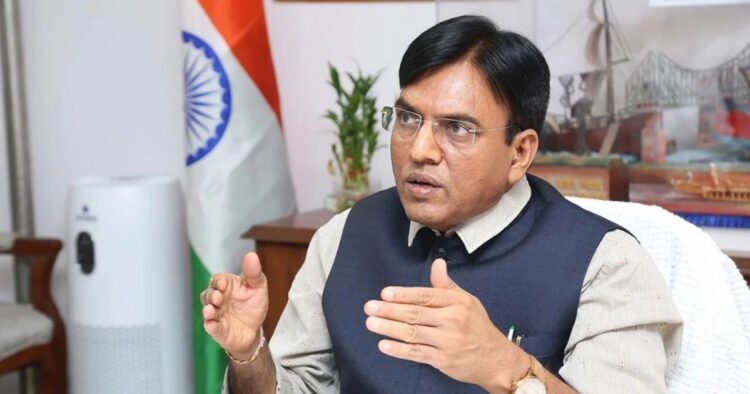On Friday, Labour and Employment Minister Mansukh Mandaviya led discussions with other government officials to create a centralized database to track job creation across the economy. Mandaviya emphasized that current employment data is scattered across various agencies and ministries, leading to a lack of a comprehensive picture of hiring.
Union Commerce Minister Piyush Goyal, Mandaviya, and Labour Secretary Sumita Dawra were among the participants in a roundtable discussion that included representatives from over a dozen ministries and agencies. Mandaviya highlighted the importance of linking different data sources, stating, “Data should not exist in silos.”
Current Employment Data Sources
Currently, employment data is generated by several entities. These include the Reserve Bank and the Ministry of Statistics, which conducts quarterly and annual Period Labour Force Surveys (PLFS).
Other sources include the Employees’ Provident Fund Organisation, the Employees’ State Insurance Scheme, the National Pension Scheme, and the state-run think tank Niti Aayog. Additionally, various ministries maintain records of employment created through federal programs they administer.
An unnamed official suggested that due to the scattered nature of data, the government might be underestimating the total number of jobs created. This official noted that the lack of a central database prevents the government from having an institutional mechanism to access comprehensive employment information.
Role of the National Statistical Office
The National Statistical Office (NSO), part of the Ministry of Statistics and Programme Implementation, is the primary authority for tracking critical data like GDP growth and job creation. Meanwhile, the Labour and Employment Ministry focuses on policies for the workforce, such as social schemes.
The plan is to have all employment-data-generating ministries upload their information to a central portal-like platform. This would ensure that the data is readily available and eliminate any blind spots. The official mentioned that existing mechanisms, like the NSO’s flagship sample surveys, will continue.
The Labour Ministry believes that many programs aimed at the labor market and job creation are not fully recognized due to the absence of a central database. More meetings will be held to finalize the plan for this centralized job database, aiming to provide a clear and comprehensive view of employment across various sectors.

















Comments